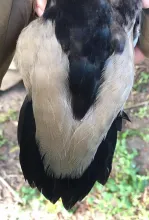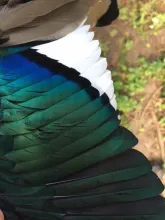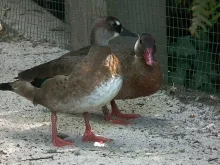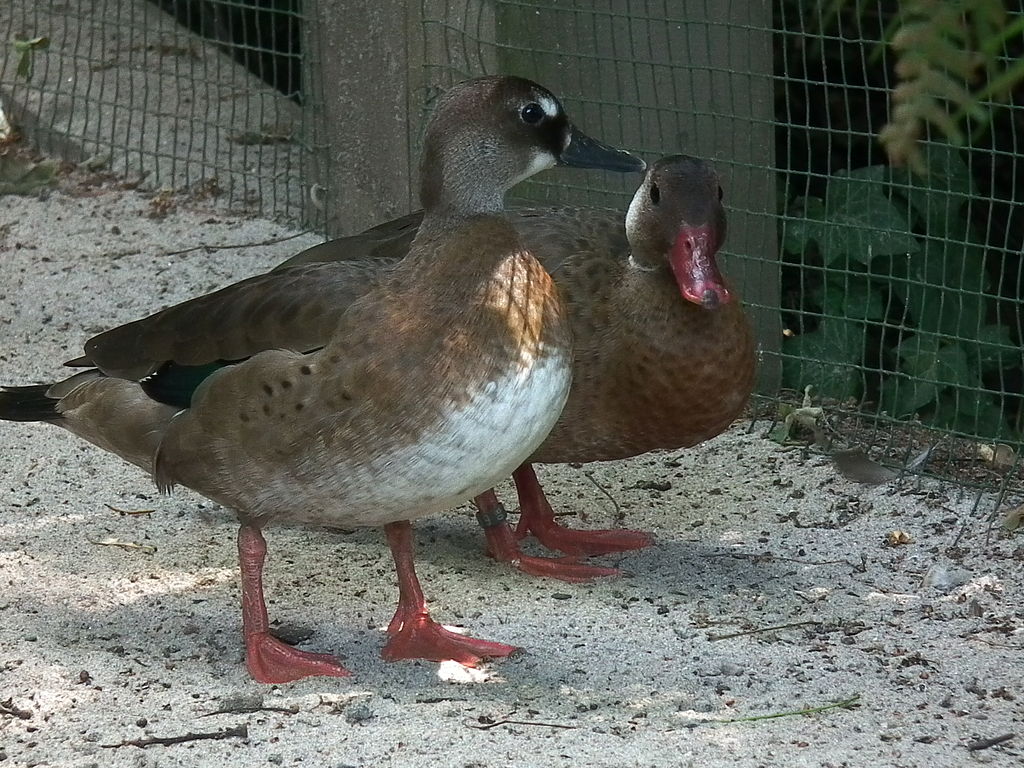
Brazilian teal (Amazonetta brasiliensis)
Species name
- Dutch name:
- Braziliaanse taling
- English name:
- Brazilian teal
- German name:
- Amazonasente
- French name:
- Canard amazonette
- Scientific name:
- Amazonetta brasiliensis
Scientific classification
- Order:
- Anseriformes
- Family:
- Anatidae
- Onderfamilie:
- Anatinae
- Genus:
- Amazonetta
Description
- Description:
Male:
Dark phase: Dark brown crown tending to blackish on nape, with very slight shaggy crest down hind neck. Cheeks from bill to just beyond the eye and throat brown; rear cheeks and upper neck paler grey brown. Lower neck, upper mantle, breast and upper anterior flanks rufous brown with rusty-brown and blackish mottling and barring( Larger rounded spots on anterior flanks), grading into paler buff brown and unmarked posterior flanks, belly , vent and under tail converts. Upperparts darker brown, tending blackish on rump, upper tail-converts and tail. Upper wings blackish, glossed with green to purple, except for seconderies, which have iridescent green towards their bases and white on their outer halves separated by a narrow black bar, the white broadening towards inside wing, while tertails dark brown; underwings with similar pattern, but less iridescence . Bill bright carmine-red with dusky nail. Legs and feet bright red.
Pale Phase: Overall body lighter in tone.Dark brown crown tending to blackish on nape, with very slight shaggy crest down hind neck. Cheeks from bill to just beyond the eye and throat Light Brown to Cream color; rear cheeks and upper neck White. Contrasting with much more with dark crown, nape and hindneck; Lower neck, upper mantle, breast and upper anterior flanks rufous brown with rusty-brown and blackish mottling and barring( Larger rounded spots on anterior flanks), grading into paler buff brown and unmarked posterior flanks, belly , vent and under tail converts. Upperparts darker brown, tending blackish on rump, upper tail-converts and tail. Upper wings blackish, glossed with green to purple, except for seconderies, which have iridescent green towards their bases and white on their outer halves separated by a narrow black bar, the white broadening towards inside wing, while tertails dark brown; underwings with similar pattern, but less iridescence . Bill bright carmine-red with dusky nail. Legs and feet bright red.Female:
Dark phase: Dark brown Forehead, crown and upper neck, extending to include eye and base of bill; ill-defined buffish- white spot at base of bill and larger whitish patch from just above eye towards base of bill; lower cheeks, throat and foreneck buff, paler on throat. Bill olive-grey; legs and feet dull reddish-orange
Light phase: Spots on head well defined and white, contrasting with dark forehead and crown. Throat almost white, lower cheeks and foreneck very pale buff. Bill olive-grey; legs and feet dull reddish-orange.Juvenile:
closely similar to female, but duller, with poorly defined face spots and lacking most iridescence on wing.
Standard Measurements
- Body Length (cm):
- The male (drake) of the Brazilian teal measures approximately 35-40 centimeters. The female measures approximately 35-40 centimeters.
- Body Weight (grams):
- The male will weight about 600 gram. The female will weight about 600 gram.
The weight is notoriously variable and can only be used as indication!
- Subspecies:
There are two subspecies:
- A. brasiliensis brasiliensis - lesser Brazilian teal (nominate race)
- A. brasiliensis ipecutiri - greater Brazilian teal
- Note:
Dabbling Ducks are generally hardy, easy to maintain and easy to breed. Shelter may be required by some of the smaller species in winter. They should be provided with cover (including marginal pond cover) and loafing areas as well as water. A pen which is 50% water is suggested. The water may be shallow (i.e. no more than two feet deep is required), and muddy areas for dabbling in are also appreciated. These ducks are generally good in mixed collections, although the smaller and quieter species may be bullied. Territorial disputes between ducks of the same species may be avoided by keeping only one pair of each species in an enclosure, unless the area is very large. For a single pair of ducks a pen are of 50 to 100 square metres, depending on the size of duck, should be provided.
A diet based on wheat and pellets is suggested, with maintenance pellets changed to breeders pellets for the breeding season. Bread and greenfood are also appreciated. Grit should always be available, with soluble grit (e.g. oystershell grit) as a calcium source when breeding.
Most species are ground nesters and both close ground cover and ground level nest boxes should be provided. Hand-rearing is generally preferred, as these ducks are generally poor parents in captive conditions, particularly in enclosures shared with other waterfowl. These ducks are prone to hybridization, particularly with closely related species, which should be kept apart from one another.
Brazilian teal are reasonably but they are susceptible to frost-bitten feet on icy ground (Frostbite): a dry, frost- and draught-proof shelter with straw-covered ground or a large open water area should be available in winter and they may need to be confined in shelter at night. These birds are suitable for large and small mixed collections, also for aviaries, but may be slightly aggressive while breeding and a separate pen might therefore be suggested at this time.
These ducks are considered easy or fairly easy to breed. Both raised and ground-level boxes may be used for laying, also natural vegetation cover. Laying may begin end of April and continue to August. These ducks are good brooders, the ducklings are robust and easy to rear; they quickly start to feed when hand-reared.
Drakes commonly mate with other species, particularly Anas spp.
- Breeding:
- The female Brazilian teal usually lays from 8-12 pale cream or yellow-tinged white eggs and incubates them for 23-28 days.
- Artificial incubating:
The ideal relative humidity for incubating most waterfowl eggs is 55% (ground nesters) and 40% (cavity nesters). The temperature is usually 37.4°C. Set ventilation as recommended by the incubator manufacturer. Eggs must be turned, either automatically or by hand, a minimum of 4 times a day. As the duckling develops there is a loss of water from the egg and the air sac gets bigger. In normal development of an egg with a 23-28 days incubation, the air sac occupies about a third of it three days earlier. Cleanliness is vital and ideally eggs should be moved to a separate hatcher at this point, where the humidity should be increased to 65% and even higher once they have pipped internally.
- Bird banding:
- Recommended closed leg band ring size for the Brazilian teal is 8 mm.The leg band ring can only be applied on a young perching duck at around 11-12 days old.
- It doesn't matter what leg that you band, but it's good to have a consistent system. Suggested: Left leg = Female, Right leg = Male
- Rearingfeed:
-
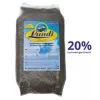
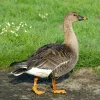

Floatable special rearing feed for all types of aquatic ornamental fowl - especially for the cultivation of trees as well as greening ducks.
This well-balanced complete feed with 20% protein content convinces above all by its good compatibility and forms the basis for visibly healthy growth from day one.
Made exclusively from wholesome and selected raw materials, Lundi Micro Regular is also ideally suited for the year-round feeding of waterfowl.
- Maintenance food:
-


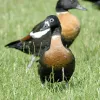


Floating full food for all sea ducks, green ducks, eider ducks and geese, especially in the moulting and breeding phase ideally suited. Packed with wholesome raw materials, natural vitamins and trace elements, this performance food with a protein content of 30% forms the basis for lifelong vitality.


